Chapter 12: Play and Peer Relationships
Theories of Play
Vygotsky
While Piaget and others believed multiple types of play activities were essential to development, Vygotsky’s definition of play was limited to symbolic play only (Bodrova & Leong, 2015). He believed that play must include an imaginary situation, assigned roles, and a set of specific rules (Vygotsky, 1967).
Through play, children can create fantasy situations to get their needs and desires met, regulate emotions, and delay gratification (Vygotsky, 1967). Play in this capacity can be thought of as wish fulfillment where children can adopt roles they cannot have in reality, like becoming a fairy or cowboy. Vygotsky believed that play provided scaffolding for children to operate at the upper-end of their zone of proximal development so they could learn new skills and behaviors (Vygotsky, 1967).
Games with Rules
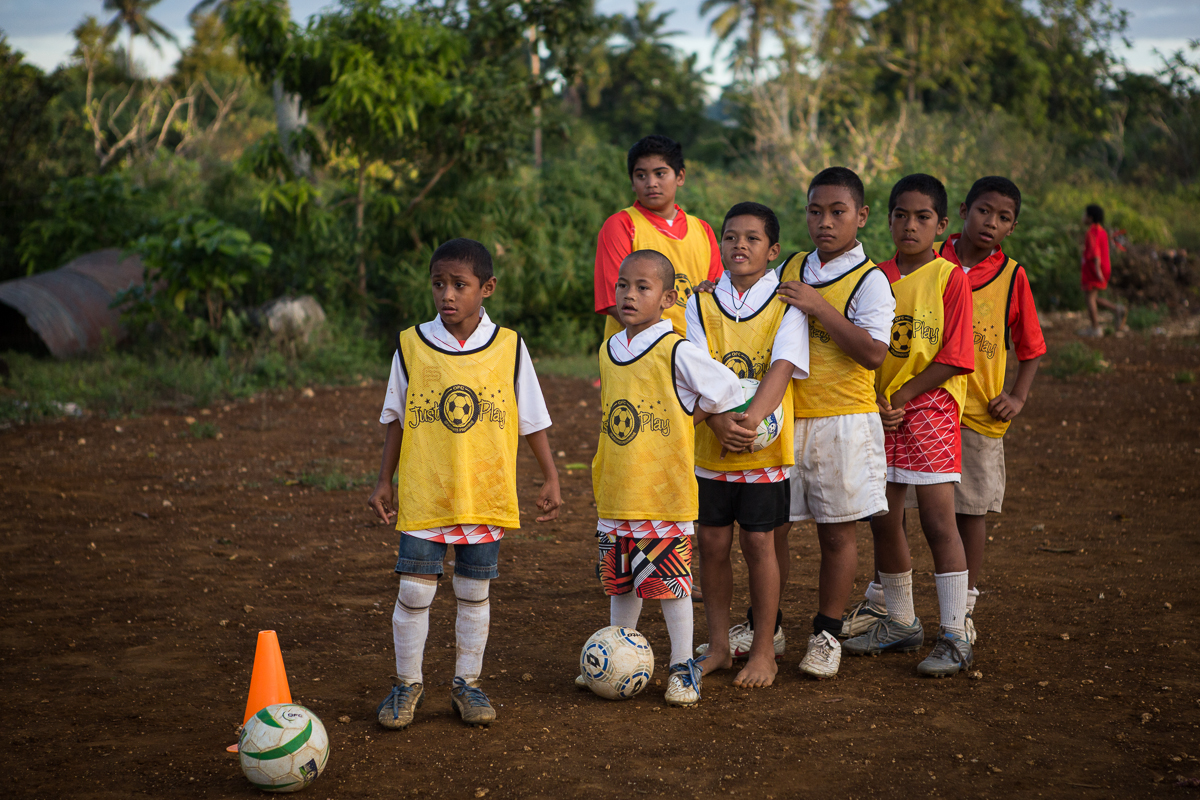
The final type of play is games with rules. At this level, the play activity has imposed, unchanging rules that must be followed by the players (Lillard, 2015; Smilansky & Shefatya, 1990). To successfully participate at this level of play, children must have the cognitive ability to understand and remember the rules. Common games with rules that children first learn are hide and seek, tag, and rhythm games. These help prepare children for games with more complicated rules that might require strategy and critical thinking, such as sports, board games, and video games .
Games with rules require children to self-regulate, curbing their own desires and needs to adhere to the rules of the game (Lillard, 2015). They also help school-age children develop an understanding of cooperation and competition (Smilansky & Shefatya, 1990). Children learn how to negotiate with each other so that games are fair, enjoyable, and winnable (Günal & Tufan, 2019; Lillard, 2015).
Video 1. Play Theory and Play Patterns provides a brief overview of several types of play.
Parten’s Stages of Social Play
Parten’s stages of social play is a theory that categorizes the ways children socialize while playing (Günal & Tufan, 2019). There are three types of non-social play and three types of social play. Age influences the types of play that children participate in; younger children (0-2 years old) frequently engage in non-social play and older preschool aged children (3-6 years old) participate in social play (Parten, 1932). Once children have reached a particular stage of social play, they will use combinations of the new and prior stages while they play (Parten, 1932). Parten developed this theory in 1932, but it still remains relevant today to developmental research on play.
Types of Non-social Play
Unoccupied
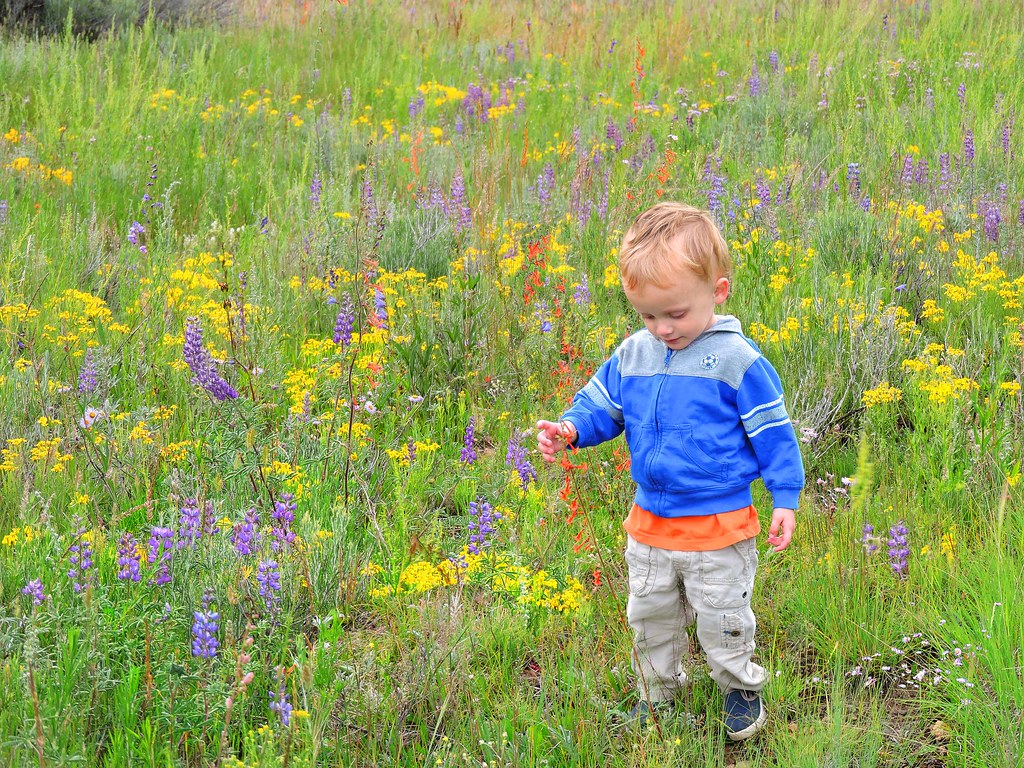
Unoccupied playtime simply means that the child is not playing. This is a non-social stage that starts in infancy and may appear as random behavior without a specific goal (Parten, 1932). This can look like sitting, standing still, and random movements without purpose. Infants and toddlers may spend significant parts of their day disengaged from any play, but the amount of time spent unoccupied should decrease as children age (Smith, 1978).
Solitary Play
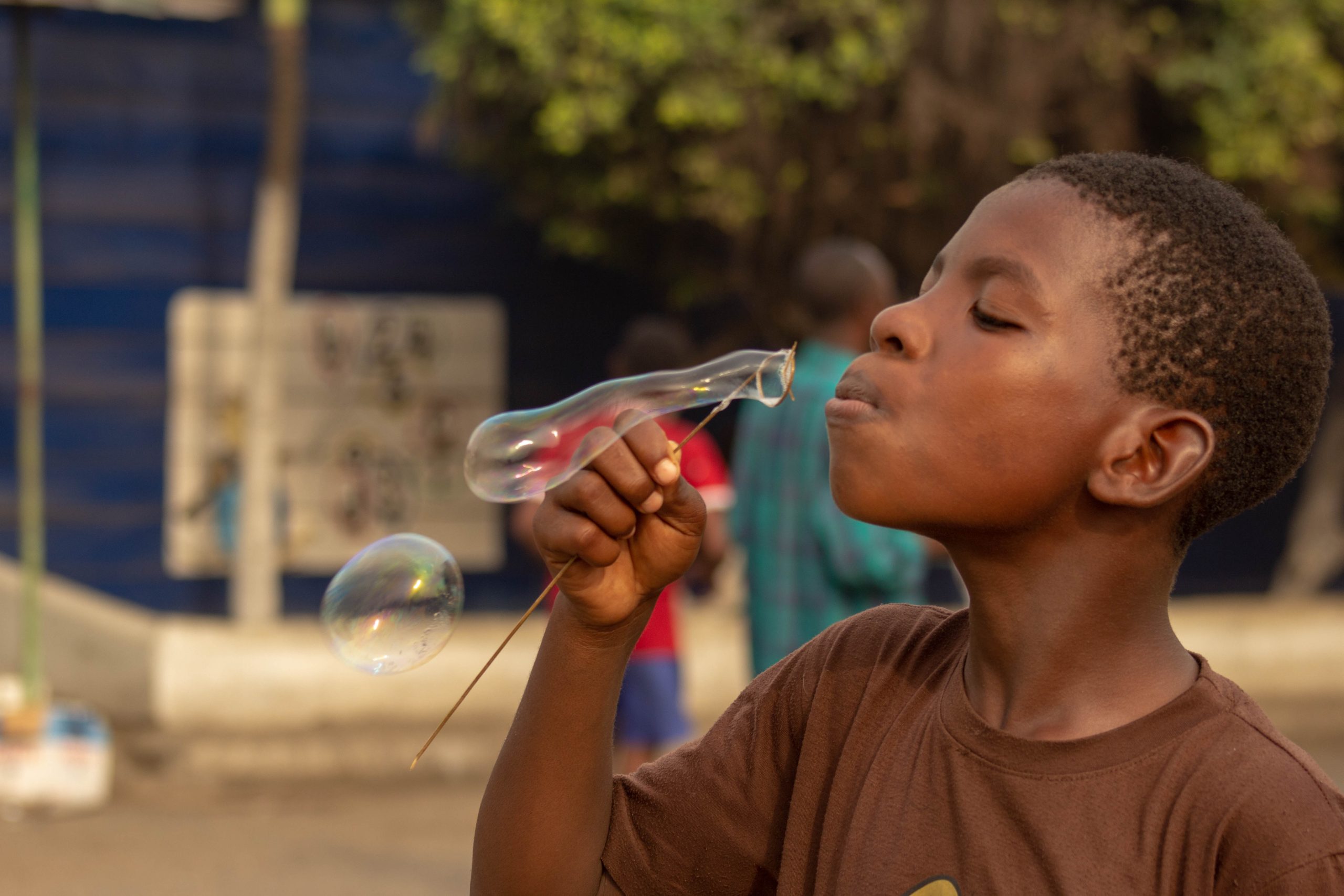
Another non-social stage is solitary play where children play alone and maintain focus on their activity (Parten, 1932). They do not interact with others, nor are they interested in what others are doing. Their activity may be different from others around them (Parten, 1932). No matter the play activity, whether functional, constructive, symbolic, or game play, if the child is playing alone then it is solitary play.
Onlooker Play

Onlooker play is the final type of non-social play in which children are observing others. The child socializes with the other children, commenting on the activities and making suggestions, but not directly joining the play (Parten, 1932). Onlooker play is different from unoccupied play because children interact socially and actively observe each other even while they are not participating in the play activity (Parten, 1932).
Types of Social Play
Parallel Play
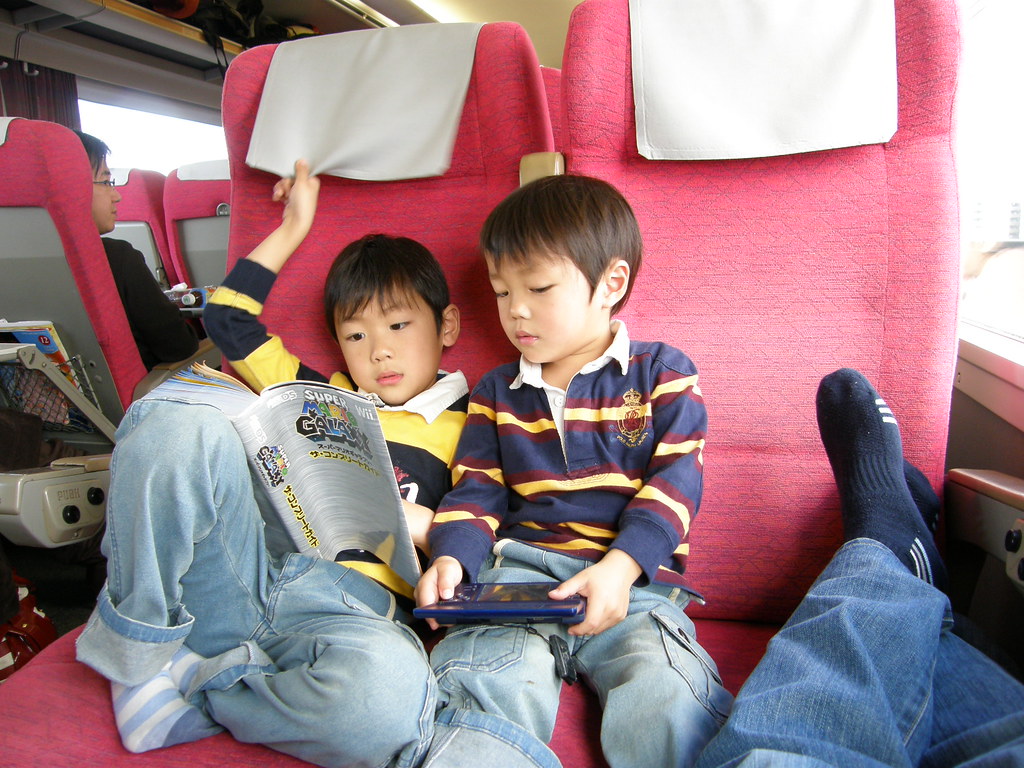
From ages 2-4, children do parallel play by playing near other children, but not playing with them (Günal & Tufan, 2019; Parten, 1932). There is very limited social interaction, with the most communication often being to ask for a toy near the other child (Günal & Tufan, 2019).
Associative Play
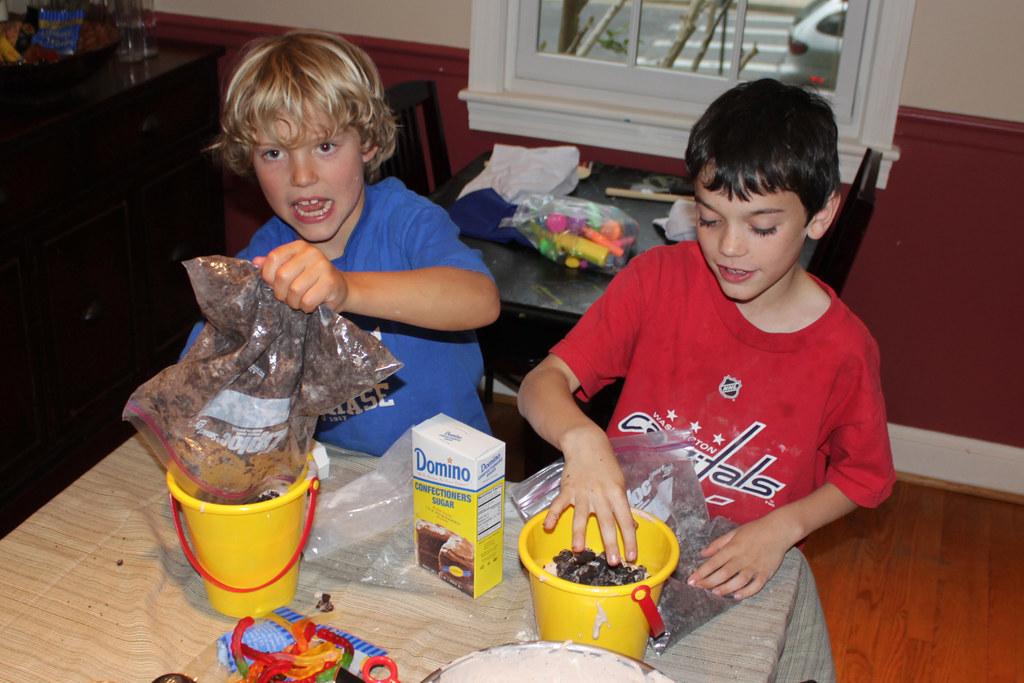
Children engage in associative play from ages 3-6 (Günal & Tufan, 2019). Children may play together and share toys, but they are usually playing in their own ways and not working towards a shared goal (Günal & Tufan, 2019; Parten, 1932). There is a substantial amount of interaction involved, but the activities are not in sync (Parten, 1932). This differs from onlooker play because the child is actively engaging in some type of play activity. It also differs from parallel play since the children have increased social interactions and will communicate about what they are doing.
Cooperative Play
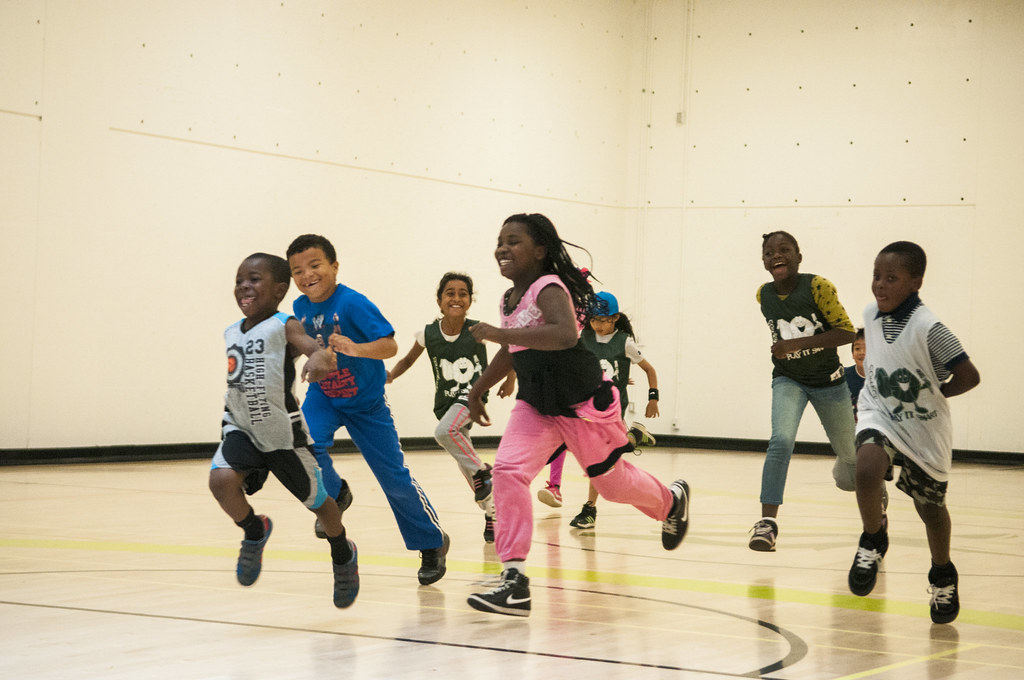
Once children are 3+ years old, they start having cooperative play, meaning that they play with others and coordinate their behaviors to achieve a common goal (Günal & Tufan, 2019; Parten, 1932). They assign roles among themselves and accomplish different tasks (Günal & Tufan, 2019). A group identity may emerge between the children playing together (Parten, 1932). Cooperative play happens in symbolic play, like when playing school, or in a game with rules, such as freeze tag (Parten, 1932).
Video 2. The 6 Types of Play provides an overview of Parten’s stages of social play.

